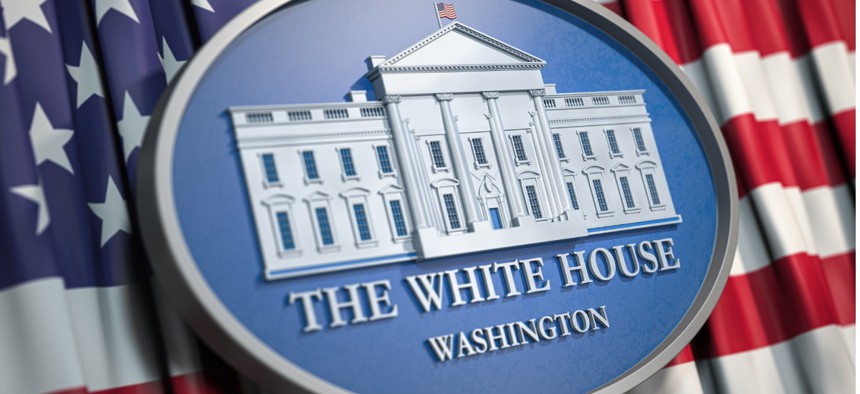GAO Issues Recommendations to White House Science and Tech Wing

Bet_Noire/istockphoto
This is the first time the Government Accountability Office has provided a priority recommendation letter to the White House Office of Science and Technology Policy.
The Government Accountability Office last week reupped three priority recommendations to the White House Office of Science and Technology Policy geared around strengthening interagency collaboration on science and tech issues.
In a priority recommendation letter signed by U.S. Comptroller General Gene Dodaro, GAO notes that as of June 2021, OSTP has 11 open recommendations made across 7 reports.
“Fully implementing these open recommendations could significantly improve OSTP’s operations,” GAO said.
The three priority recommendations from GAO are:
- In November 2019, we recommended that OSTP, as co-chair of the National Science and Technology Council’s Subcommittee on Open Science, take steps in coordination with the other co-chairs and participating agencies to fully implement leading practices that enhance and sustain collaboration. OSTP initially disagreed with the recommendation. Since our report, OSTP has provided information, including most recently in May 2021, on the Subcommittee’s efforts to bring agencies together to address issues associated with public access to federally funded research results. We will consider this recommendation implemented when OSTP provides information demonstrating how the Subcommittee’s efforts more fully implement the leading practices we identified.
- In September 2018, we recommended that OSTP, as co-chair of the National Science and Technology Council’s Subcommittee on Quantum Information Science, take steps in coordination with the other co-chairs and participating agencies to fully implement leading practices that enhance and sustain collaboration. OSTP agreed with the recommendation. As of May 2021, OSTP has taken some steps to work with the other Subcommittee co-chairs to implement the recommendation. For example, OSTP has worked with the other Subcommittee co-chairs and participating agencies to define and articulate goals and common outcomes in key priority areas. We will consider this recommendation implemented when OSTP provides information demonstrating how the Subcommittee’s efforts more fully implement the leading practices we identified.
- In September 2016, we recommended that the National Science and Technology Council’s Subcommittee on Critical and Strategic Mineral Supply Chains (now the Subcommittee on Critical Minerals), which OSTP co-chairs, take the steps necessary to assess potentially critical materials in addition to minerals. OSTP neither agreed nor disagreed with the recommendation but subsequently stated that it saw the value in analyzing more minerals and non-minerals to help inform policy decisions. In May 2021, OSTP stated that the Subcommittee is actively exploring opportunities to broaden its focus beyond the raw material and mineral challenges that have been its focus the past several years. We will consider this recommendation implemented when OSTP works with Subcommittee member agencies to develop a plan to coordinate federal efforts and resources to address data limitations that hinder assessing potentially critical materials, in addition to minerals, in a screening methodology developed by Subcommittee member agencies.
“Strengthening interagency coordination in these areas could help amplify the synergistic effects of related research conducted by different agencies, avoid unnecessary overlapping or duplicative research and development efforts, and facilitate the sharing of lessons learned or coordinating actions to address science and technology issues,” GAO states.






